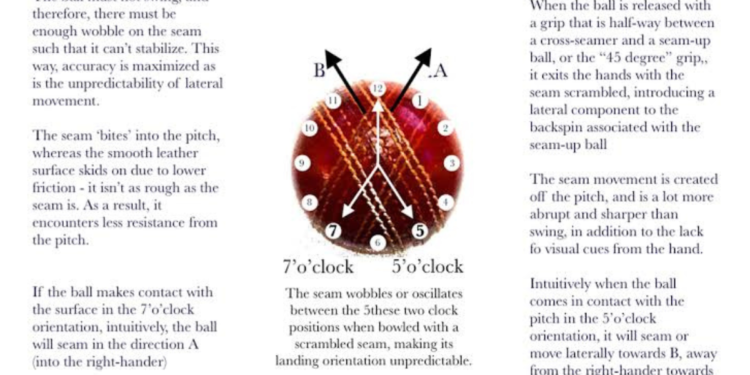Definition of BGT
BGT stands for “ball going to ground.” In the realm of cricket, this term refers to a crucial element in determining the legitimacy of a catch taken by a fielder. When a player catches the ball, there are instances where the question of whether the ball touched the ground before being caught arises. This is where the concept of BGT comes into play, as the decision heavily relies on whether the ball was cleanly caught or if it made contact with the ground before being secured.
Understanding BGT is integral for both players and umpires, as it plays a vital role in the outcome of matches. The accuracy of determining whether a catch is clean or not can significantly impact the flow and results of the game. By establishing clear guidelines and rules around BGT, cricket ensures fairness and maintains the integrity of the sport, emphasizing the importance of skill and precision in fielding actions.
Origin of BGT in Cricket
In the realm of cricket, the concept of the benefit of the doubt (BGT) stems from the fundamental principle of fairness and sportsmanship that underpins the spirit of the game. This notion suggests that if a decision regarding a dismissal or a rule is not entirely clear-cut, the benefit should be given to the batsman as a gesture of goodwill within the sport.
The tradition of BGT in cricket has evolved over time as a means to maintain balance and uphold the values of integrity on the field. It serves as a reminder that while rules provide a framework for the game, there is also room for interpretation and human judgment to ensure that the essence of competition remains honorable and respectful.
Difference between BGT and LBW in Cricket
In cricket, the difference between BGT (ball going to ground) and LBW (leg before wicket) lies in the mode of dismissal they represent. BGT occurs when the ball is caught by a fielder after it has touched the ground, leading to the batsman being declared out. On the other hand, LBW refers to a situation where the batsman is out because the ball would have hit the stumps if not intercepted by their leg before making contact with the bat.
Understanding the distinction between BGT and LBW is crucial for players, umpires, and spectators alike, as it significantly impacts the outcome of the game. While LBW focuses on the leg obstructing the ball from hitting the stumps, BGT centers on the legality of the catch taken by a fielder after the ball has made contact with the ground. Mastering the nuances of these rules adds depth to the game and enriches the comprehension of cricket enthusiasts worldwide.
Impact of BGT on Umpire Decision Making
BGT, or Ball-Tracking Technology, has revolutionized the way decisions are made in cricket. By providing real-time ball tracking data, BGT has become a valuable tool for umpires in determining the accuracy of their decisions. The precise information offered by BGT has significantly reduced the margin of error when it comes to judging LBW appeals and has enhanced the overall fairness of the game.
Umpires, with the assistance of BGT, can now make more informed decisions, leading to a higher level of accuracy in cricket matches. The technology provides detailed insights into the trajectory and path of the ball, giving umpires the confidence to uphold or overturn decisions with greater certainty. This has not only improved the umpiring standards but has also contributed to the integrity of the sport by ensuring a fair and just outcome for all players involved.
Controversies Surrounding BGT in Cricket
Controversies often swirl around the concept of “Ball Tracking” (BGT) in the sport of cricket. Despite technological advancements and its purported precision, many critics remain skeptical of its accuracy and reliability. One of the primary concerns raised is the subjective nature of interpreting BGT results, which can vary depending on the viewpoint of different stakeholders involved in the decision-making process.
Moreover, some argue that the use of BGT has the potential to undermine the traditional role of the on-field umpire. As technology becomes more integral to the game, there are fears that it may diminish the authority and autonomy of umpires, leading to a loss of the human element that has long been an intrinsic part of cricket’s charm and tradition.























